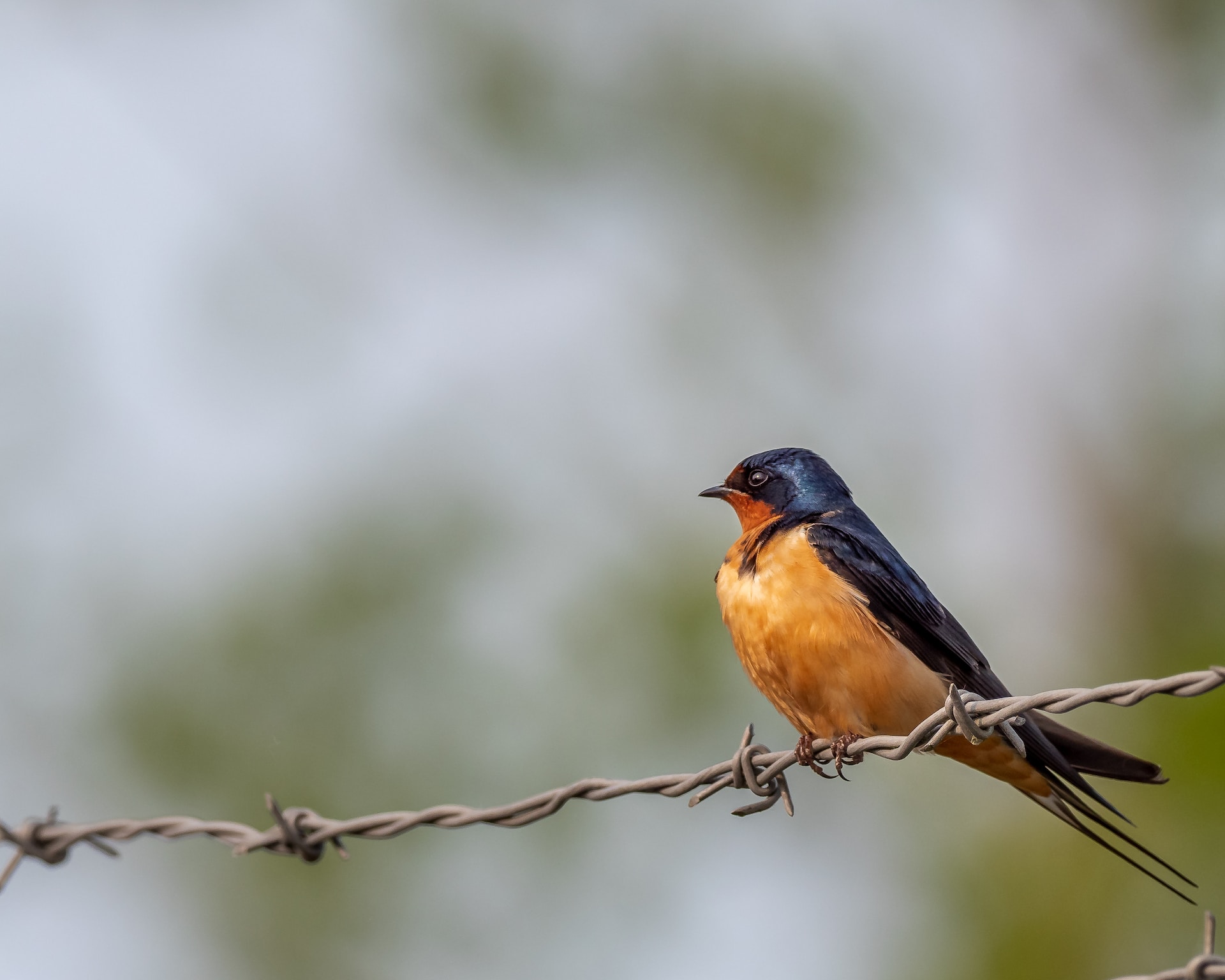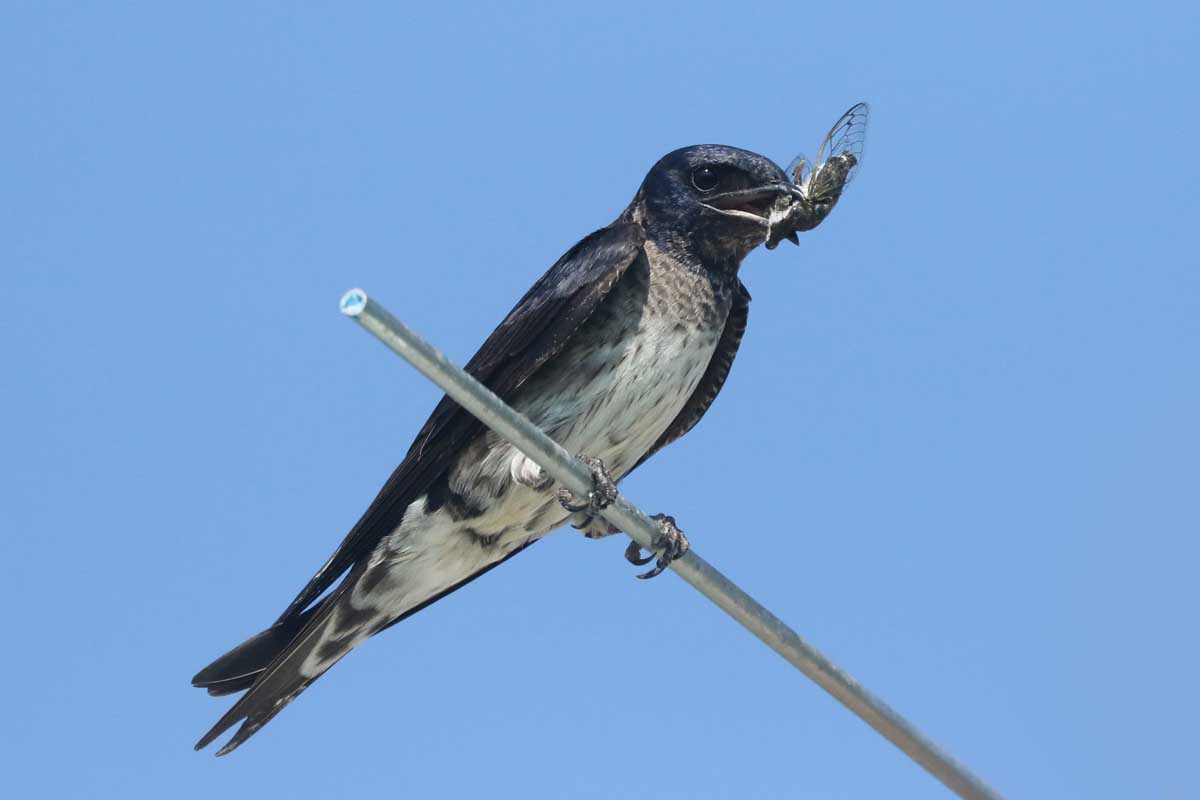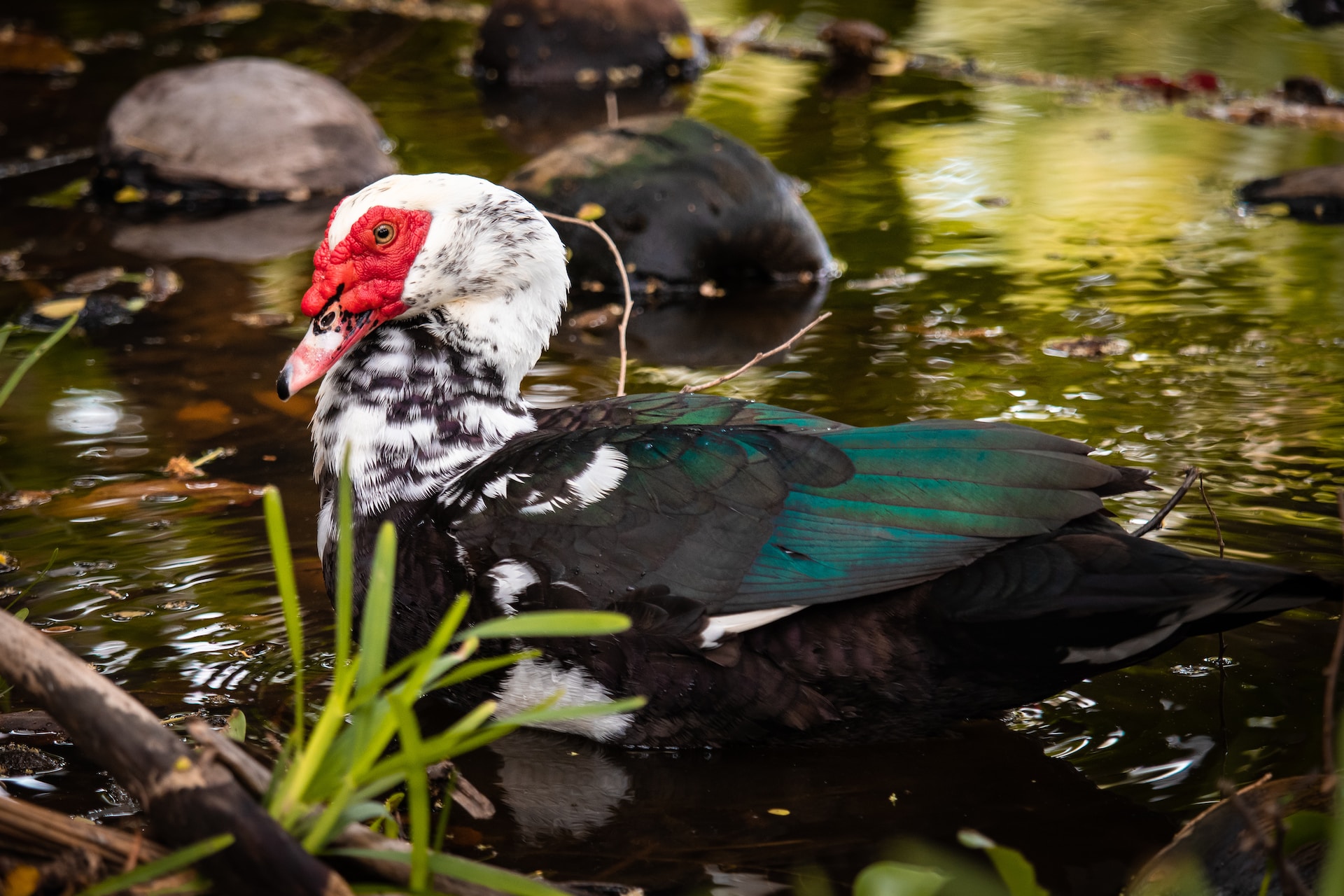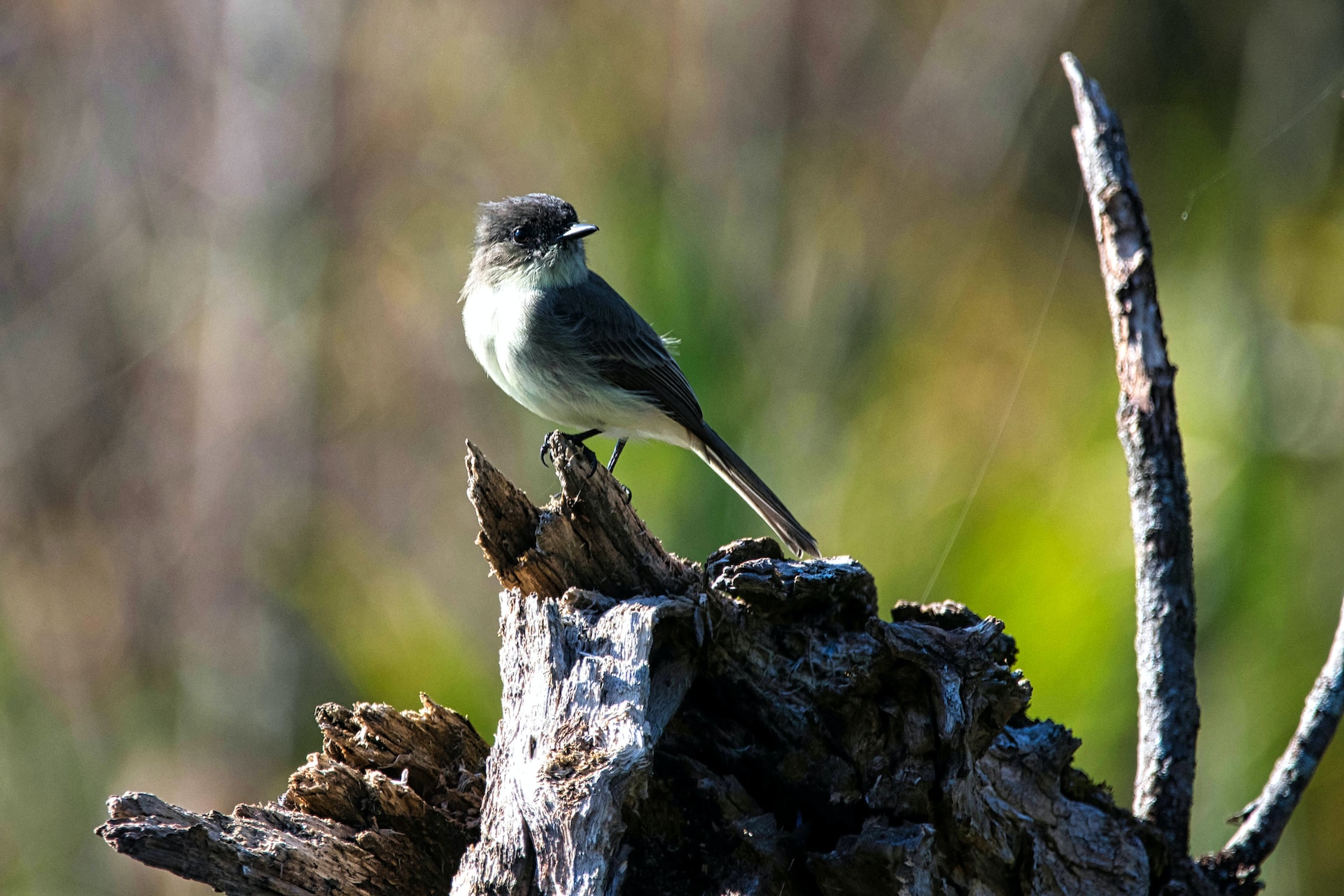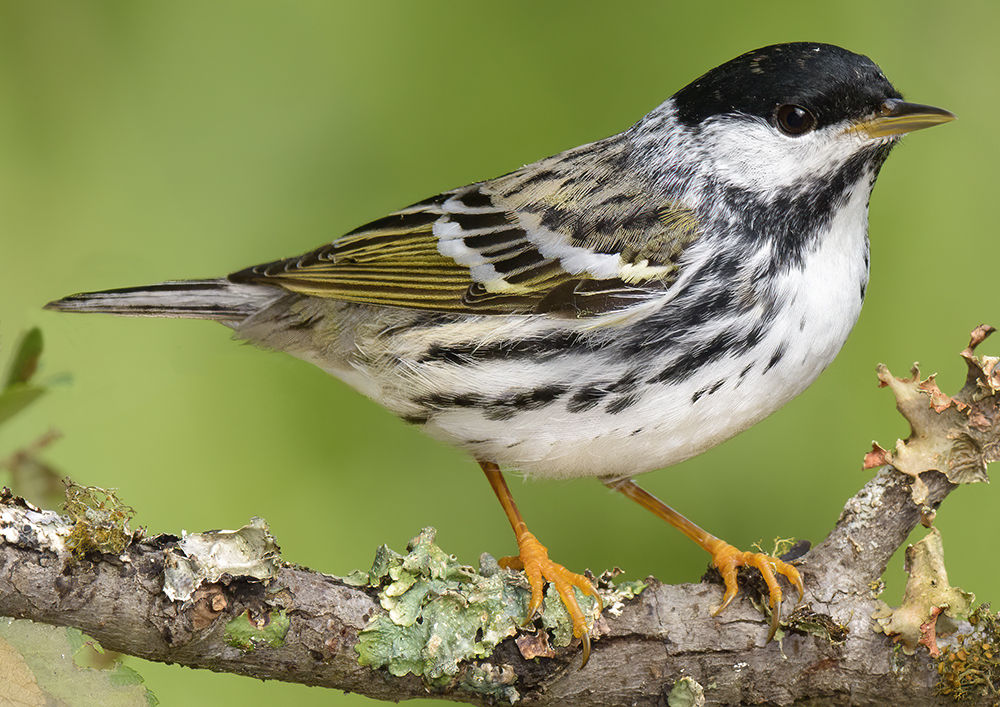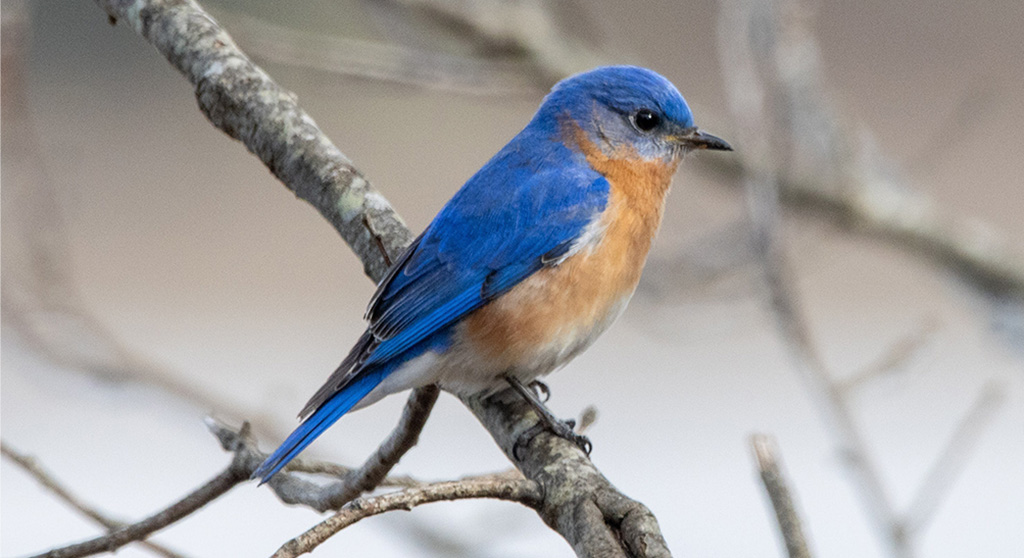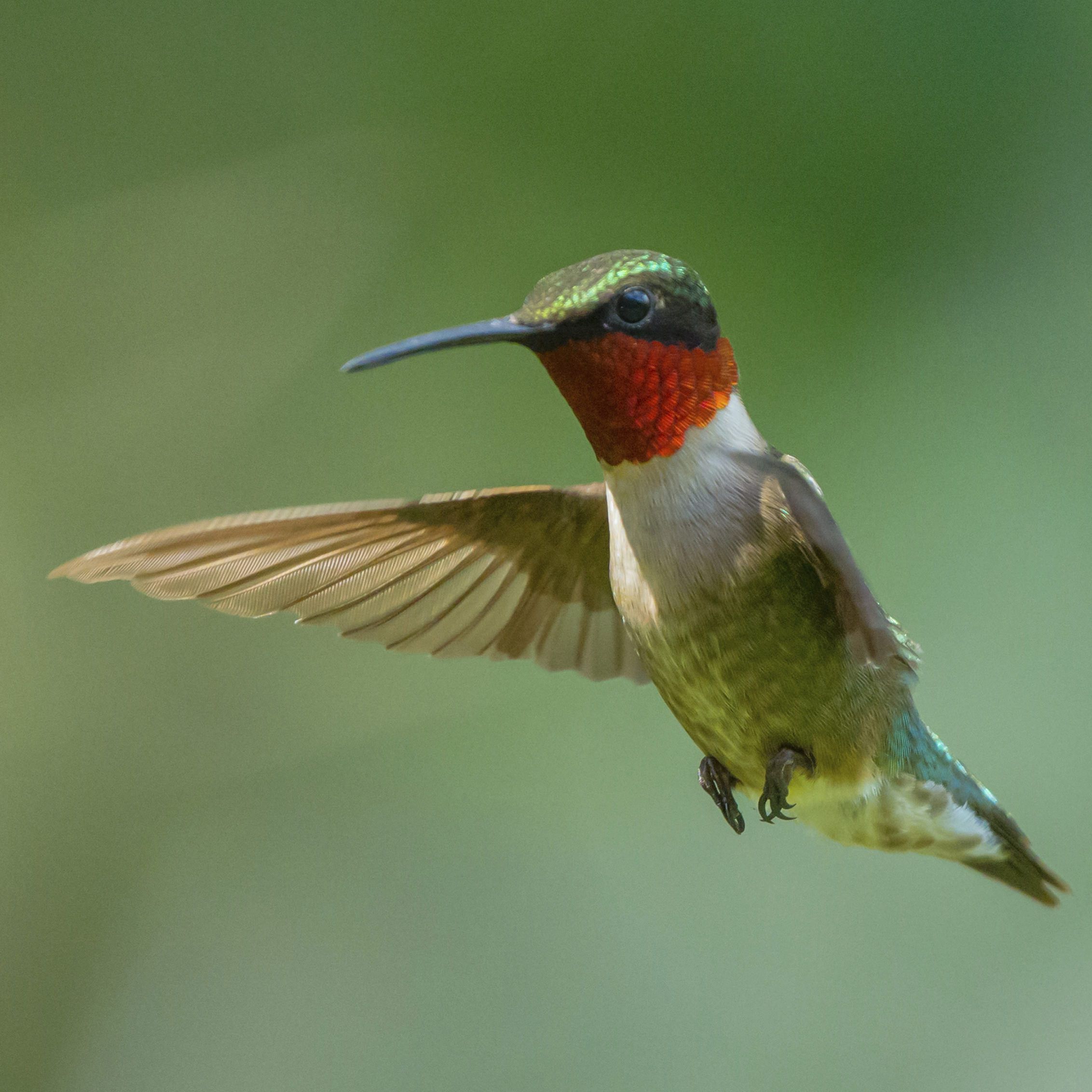Do Birds Eat Mosquitos? Unveiling Nature's Mosquito Terminators
Mosquitoes, those tiny, blood-sucking insects, have a way of making our lives miserable during the warm summer months. Their relentless buzzing and itchy bites leave us searching for ways to repel them or eliminate their presence. While we often turn to various methods to combat these pesky insects, one question arises: do birds eat mosquitos?
Author:Velma BattleReviewer:Michael RachalNov 17, 20235.2K Shares173.6K Views
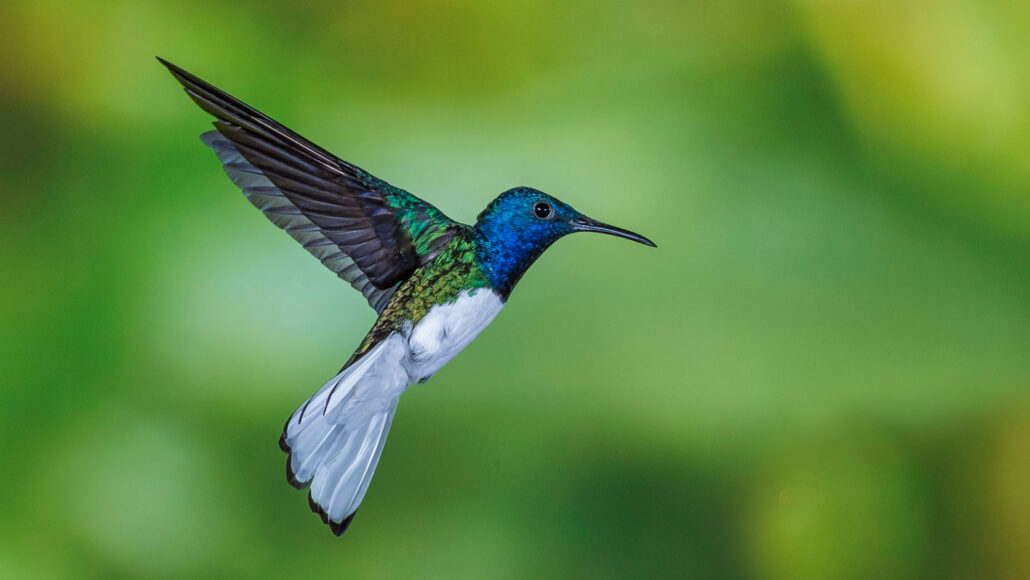
Mosquitoes, those tiny, blood-sucking insects, have a way of making our lives miserable during the warm summer months. Their relentless buzzing and itchy bites leave us searching for ways to repel them or eliminate their presence.
While we often turn to various methods to combat these pesky insects, one question arises: do birds eat mosquitos? In this article on avian appetites, we delve into the world of birds to uncover whether they truly deserve the title of "Nature's Mosquito Terminators."
Avian Mosquito Predators - Who Are They?
The battle against mosquitoes is not a solitary one. Mother Nature has equipped various bird species with a hearty appetite for these bloodsucking insects. These avian mosquito predators play a vital role in natural pest control, helping to keep mosquito populations in check. In this section, we'll delve into the world of these feathered warriors, exploring the diverse bird species that actively prey on mosquitoes.
Barn Swallows
The barn swallow is a type of bird that is found all over the world, except in Antarctica. It's very common, so people often just call it a "swallow." These birds make their homes in the Northern Hemisphere but move to the Southern Hemisphere in the winter. They build nests in different places, like fields, forests, and even in towns, which is why they got the name "barn swallow" because they like to nest in buildings like barns. Barn swallows are about 6.7 to 7.5 inches long and have a wingspan of 12.6 to 13.6 inches. They have distinct blue and white colors on their belly, a blue back and tail, and a reddish-brown head, chin, and throat. Besides eating mosquitoes, they also munch on other flying bugs like flies and ants, catching them in the air or on the ground.
Purple Martin
The purple martin, the largest swallow in North America, belongs to the same family as the barn swallow, called Hirundinidae. It's called "purple" because of its dark blackish-blue color, which can appear purple in certain lighting. These birds spend their summers in the eastern and southwestern parts of the United States, as well as parts of Canada and Mexico. In the winter, they migrate to South America. Purple martins are usually around 7.5 to 7.9 inches long and have a wingspan of 15.3 to 16.1 inches. They make their nests in cavities, such as birdhouses, gourds, or hollowed-out trees.
Purple martins are known for their full, throaty calls, but they are not very aggressive in defending their territory against other birds. They feed on mosquitoes and various other insects, including bees. These birds are highly acrobatic and entertain birdwatchers with their impressive aerial displays, swooping and diving to catch their prey.
Muscovy Duck
The Muscovy duck is a type of duck that can be found in both wild and domestic forms across North and South America. Originally bred by Native Americans in South America, they can now be found living in the wild in places like Hawaii, Louisiana, Florida, and several other states. In Spanish, they are known as "pato casero," which means "backyard duck," and "pato mudo," meaning "mute duck."
The name "Muscovy" is an old term that was used to describe the area around Moscow. Some say this name comes from a trading company that transported these ducks between the New and Old World.
Muscovy ducks are quite large, with a maximum length of around 30 inches and a weight of nearly 15 pounds. They usually have black and white feathers and distinctive pink or red wattles around their bills. These ducks have a varied diet that goes beyond just mosquitoes, including things like grasses, fish, amphibians, reptiles, crustaceans, and insects.
Eastern Phoebe
The eastern phoebe is a small songbird that belongs to the tyrant flycatcher family, known as Tyrannidae. The name "phoebe" has a connection to the Roman moon goddess Diana and also resembles the sound of its calls. Eastern phoebes spend their summers in the eastern parts of Canada and the United States, and when the weather turns colder, they migrate south to spend the winter in southern states and Mexico.
These birds are typically about 5.5 to 6.7 inches long, with a wingspan ranging from 10.2 to 11 inches. They generally have gray-brown feathers on their back, a white throat, and a grayish breast. Eastern phoebes construct cup-shaped nests in various habitats, including woodlands, urban areas, and open spaces, especially close to water sources.
Besides feasting on mosquitoes, they have a diverse diet that includes a wide range of other insects. When insects are not readily available, they may also consume fruits and berries, particularly during the winter months.
Blackpoll Warbler
The blackpoll warbler is a small songbird belonging to the family of New World warblers, known as Parulidae. During the summer, they can be found breeding in Alaska and most parts of Canada. When winter arrives, they embark on one of the longest non-stop overwater flights among all songbirds to reach South America.
Their name is derived from their black and white forehead and crown, as well as their high-pitched calls. Blackpoll warblers have distinctive black and white feathers, including white wing bars and streaky patterns on their underparts. They tend to inhabit higher elevations, such as mountainous woodlands and scrublands, but some also reside near coastal areas, tundra, and coniferous forests.
Primarily insect-eaters, they have a varied diet that includes mosquitoes, as well as webworms, ants, gnats, aphids, spiders, and sawflies. When hunting for food, they flit among tree branches and hover over the ground until they spot their prey.
Bluebird
The term "bluebird" refers to three species of songbirds that belong to the thrush family, known as Turdidae. These species are the mountain bluebird, western bluebird, and eastern bluebird. They can be found across North America, including the United States, Mexico, Canada, and Central America. Bluebirds have a significant presence in popular culture and traditions and remain beloved by both enthusiasts and the general public.
All these bluebird species are medium-sized and have blue or blue-and-beige plumage. Most bluebirds prefer to inhabit grassland areas with few trees. They are known for their territorial behavior and typically build their nests in tree cavities or artificial nesting boxes. However, their populations have been declining in recent years due to competition from invasive house sparrows and starlings.
In addition to feeding on mosquitoes, bluebirds have a diverse diet that includes various insects, with a particular preference for larvae, such as mealworms. When insects are scarce, they also consume fruits and berries.
Benefits Of Bird Mosquito Control
Birds, often unheralded heroes of pest management, offer a natural and environmentally friendly solution to the age-old problem of mosquitoes. Here, we'll delve into the numerous benefits of employing birds as a means of mosquito control in your outdoor spaces.
- Eco-Friendly Mosquito Control: One of the primary advantages of using birds for mosquito control is its eco-friendliness. Birds are part of the natural ecosystem, and their predation on mosquitoes helps maintain a balance in the insect population without the use of chemical pesticides.
- Reduced Mosquito Populations: Birds are adept at catching mosquitoes on the wing. By actively preying on mosquitoes, these birds can significantly reduce local mosquito populations. This, in turn, decreases the nuisance of mosquito bites and the risk of mosquito-borne diseases.
- Minimal Maintenance and Cost: Bird-based mosquito control methods typically require minimal maintenance and are cost-effective compared to other pest control methods. Once you've created a bird-friendly habitat in your yard, the birds do the work of keeping the mosquito population in check.
- Natural Pest Control: Attracting mosquito-eating birds to your property encourages natural pest control. These birds not only consume mosquitoes but also a variety of other insects, contributing to a healthier and more balanced ecosystem.
- Biodiversity Enhancement: Attracting birds to your yard can increase the biodiversity of your local ecosystem. When you provide food, water, and shelter for birds, you create a welcoming environment for a wide range of bird species, each with its own dietary preferences.
- Education Opportunities: Observing birds in action as they hunt mosquitoes and other insects can be an educational and engaging experience for individuals of all ages. It offers an opportunity to learn about local bird species and their behavior.
- Enjoyable Outdoor Experience: By reducing mosquito populations, you can enjoy your outdoor spaces more comfortably. Whether it's your backyard, garden, or patio, fewer mosquitoes mean fewer interruptions and more pleasant outdoor gatherings.
- No Harm to Beneficial Insects: Unlike chemical pesticides, which can harm beneficial insects and disrupt the ecosystem, birds selectively prey on mosquitoes and do not harm other beneficial insects like pollinators.
- Natural Aesthetics: Birds add a natural and aesthetic element to your outdoor environment. Their presence, along with birdhouses, feeders, and birdbaths, can enhance the visual appeal of your yard.
- Holistic Pest Management: Integrating bird-based mosquito control into your pest management strategy provides a holistic and sustainable approach to addressing the mosquito problem while supporting local wildlife.
Do Hummingbirds Eat Mosquitos?
Hummingbirds are those charming little birds known for their ability to hover in the air and their bright, colorful feathers. They usually enjoy sipping nectar from flowers, but did you know they also eat tiny insects, like mosquitoes?
Hummingbirds are pretty flexible when it comes to their food. They don't mind munching on insects, including mosquitoes when they can find them. They especially like gnats, spiders, and little flies.
These birds have a really fast metabolism because of their speedy wing flaps and hovering. To keep their energy up and stay healthy, they need a diet with plenty of protein. Insects, like mosquitoes, are great for giving them the protein they need, along with important stuff like amino acids and vitamins.
While hummingbirds aren't mosquito experts like some other birds, they do help control mosquito populations. When there are lots of mosquitoes around, hummingbirds take the opportunity to have a mosquito snack.
Sometimes, the number of mosquitoes in a hummingbird's diet can change depending on the season and where they live. If they're in an area with a lot of mosquitoes, they might eat more of them, especially during the breeding season when they need extra protein to lay their eggs.
Ways To Attract Mosquito-Eating Birds
If you're grappling with a mosquito problem in your yard, enticing mosquito-eating birds can offer a fantastic solution. Numerous avian species have a penchant for dining on mosquitoes, devouring dozens a day, effectively contributing to a significant reduction in the pesky insect population on your premises!
- Ensure a Fresh Water Supply:Attracting birds to your yard is a breeze when you provide a reliable source of fresh water. Bird baths, fountains, or even bubbling water features can do the trick. Especially during the scorching summer months, birds will flock to these sources for hydration.
- Diversify Your Feeding Stations:To avoid concentrating birds in one area, strategically place multiple feeders around your yard. Mosquitoes can be found throughout your outdoor space, so diversifying feeder locations encourages birds to explore and visit different parts of your yard. Get creative by installing feeders at various heights and in different corners for optimal coverage.
- Vary Your Birdseed Selection:Attract a wide array of bird species by offering a variety of birdseed types. Experiment with blends, sunflower seeds, safflower seeds, and suet. This diverse menu will increase your chances of enticing a broad spectrum of birds, bolstering your mosquito control efforts.
- Foster Bird-Friendly Landscaping:Create a welcoming environment for birds by incorporating low shrubs and ground cover. These elements provide birds with a sense of security, making them feel protected while foraging. Additionally, such landscaping offers shade on hot days and shelter during inclement weather.
- Offer Abundant Housing Options:Enhance bird diversity by investing in multiple birdhouses strategically placed around your yard. Similar to feeders, distribute these shelters to cover a larger area. This encourages birds to disperse and contributes to more comprehensive mosquito control.
- Keep Cats Indoors:To prevent birds from steering clear of your yard due to the presence of roaming cats, it's advisable to keep your feline friends indoors. Alternatively, supervise outdoor cat excursions and limit their outdoor time to ensure they don't disrupt your avian mosquito-eaters.
- Exercise Patience:Birds may not immediately flock to your yard. It may take a few weeks for them to discover your food sources and birdhouses. Once a few birds catch on, the rest will likely follow suit. Practice patience, and word will spread about your bird-friendly haven!
Do Birds Eat Mosquitos - FAQ
What Eats Mosquitos The Most?
More specifically, the species that eat the most mosquitoes are purple martins, red-eyed vireos, chirping sparrows, downy woodpeckers, yellow warblers, Eastern bluebirds, Eastern phoebes, Baltimore orioles, geese, terns, ducks, and common wrens and nighthawks.
What Is The Food Of Mosquitos?
Both male and female mosquitoes feed on nectar from flowering plants when they are adults. Female mosquitoes feed not just on human blood, but also blood from birds, small mammals, snakes, & more.
Do Mosquitos Bite Birds?
Yes, birds do get bitten by mosquitoes, and it's a serious healthissue (mosquitoes spread avian diseases and zoonoses like West Nile Virus). They don't get through the feathers.
Conclusion
In the quest to uncover whether birds are true mosquito terminators, we've discovered that the avian world is teeming with mosquito-eating specialists. While they may not entirely eradicate these pesky insects, they are essential allies in the battle against mosquito-borne diseases and the irritation mosquitoes bring to our outdoor experiences. So, the next time you ask the question: do birds eat mosquitos, just pay attention, and you might hear a melodious bird song or see a flock of swallows swooping through the air, it might just be one of nature's most effective mosquito control measures in action.

Velma Battle
Author
Travelling Expert

Michael Rachal
Reviewer
Travelling Expert
Latest Articles
Popular Articles
